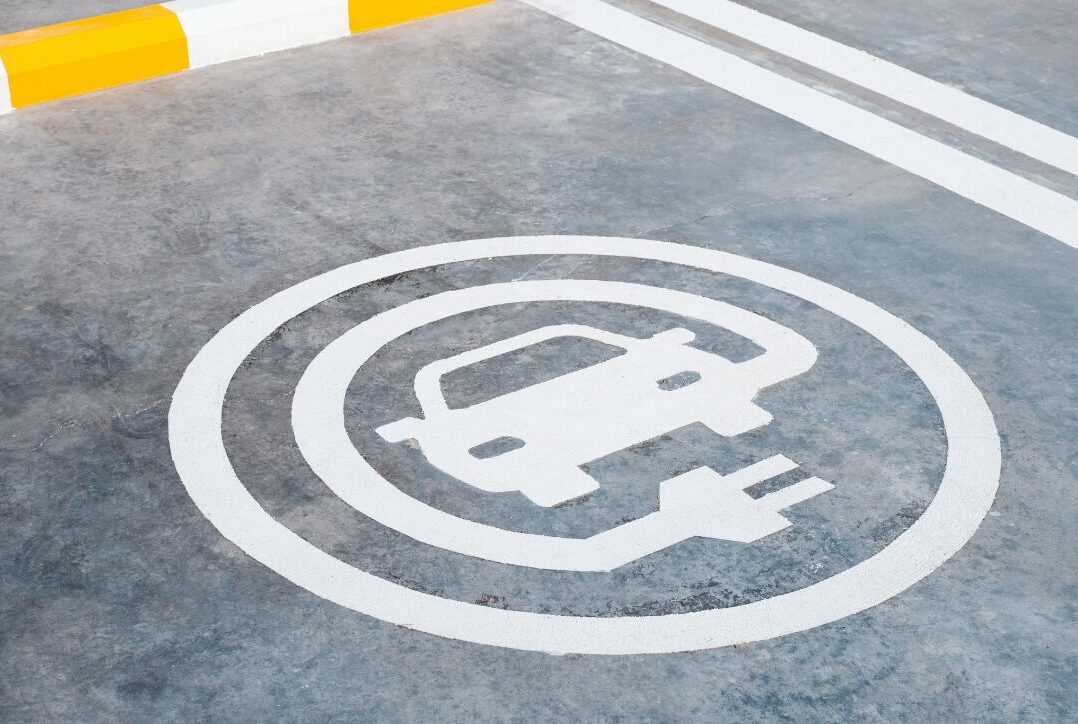Electrify America, one of the largest charge point operators in the US, recently announced a new electric vehicle (EV) charging policy to curb charge hogging. The company stated that they will start penalizing customers who charge their vehicles beyond 85% at Electrify America fast chargers. According to the CEO’s statement, charging will stop at 85 percent, and if drivers don’t unplug their EVs within a 10-minute grace period, they’ll be billed extra for idle time.
The response to the new policy has been divergent, with some arguing that the policy will help resolve crowding at charging stations, and others questioning whether it is okay for a company to ration battery power. Regardless of the public perception of the news, we would like to discuss some charging best practices outlined for EV owners.
The 20/80 rule
The general rule of thumb for EV charging is to keep the vehicle’s energy levels in the 20-80% range. While this is not a strict requirement, there are several reasons why this range has become standard practice:
EV Battery Health
Keeping the vehicle energy levels in the 20-80 percent range is considered the most optimal for battery health. This is a safe range that ensures that the battery operates in balanced conditions. Going beyond this range may put extra strain on the EV battery, which is fine occasionally, but has negative effects on battery performance if done consistently.
Charging Time Efficiency
Realistically speaking, charging up from 80% to 100% will take around the same time, if not more, than getting to that first 80% mark. This is because the rate at which an EV battery charges is not uniform, charging speed slows down significantly as you pass the 80% threshold. So, charging until 80% is simply more time-efficient.
Range
While there aren’t any immediate performance issues associated with charging over 80%, dipping below 20% may not be wise in a practical sense. Imagine you are driving to a destination with 45% of your battery capacity. Navigation says you will need about 35% of your battery to get to your destination. But navigation calculations may not always be correct, sometimes underestimating the amount of energy needed to make it from point A to point B, especially because energy consumption also depends on driving and weather conditions. So, to avoid range anxiety it is often recommended to keep vehicle battery levels above 20%. Once again, occasional deviations are totally fine.
While widespread, the 20/80 rule is a rule of thumb. Therefore, it is always advised to follow the guidelines of your respective vehicle manufacturer regarding charging best practices. After all, different vehicles function differently and the manufacturers that created the vehicle will indeed know best.
Going beyond the recommended battery level range on occasion should not alter battery performance. So, if you have a long road trip planned do not fret about fully charging your battery. EV batteries are sophisticated pieces of hardware designed to withstand various conditions. However, be aware that subjecting the battery to constant strain by frequently keeping energy levels above 80 or below 20 may speed up the battery wear and tear process, which means that you may need a repair or a replacement earlier than anticipated.
All in all, electric vehicles and their batteries need to be treated with appropriate care to ensure longevity and optimal performance.
To keep informed on the latest developments in mobility tech subscribe to AUTOCRYPT’s monthly newsletter.



